June is National Ocean Month! The ocean is the defining feature on our blue planet. All life, including our own, exists because of the ocean.

(Image credit: NOAA)
Want to learn more about all the wonders of the ocean? The Ocean Literacy Framework offsite link includes the essential principles and fundamental concepts of ocean science that you can use to better understand the ocean’s influence on you — and your influence on the ocean. Check back daily as we count down to World Ocean Day by debuting a new graphic for each of the seven Ocean Literacy Principles!
Jump to:
#7 The ocean is largely unexplored.
#6 The ocean and humans are inextricably interconnected.
#5 The ocean supports a great diversity of life and ecosystems.
#4 The ocean makes Earth habitable.
#3 The ocean is a major influence on weather and climate.
#2 The ocean and life in the ocean shape the features of Earth.
#1 Earth has one big ocean with many features.
#7: The ocean is largely unexplored.
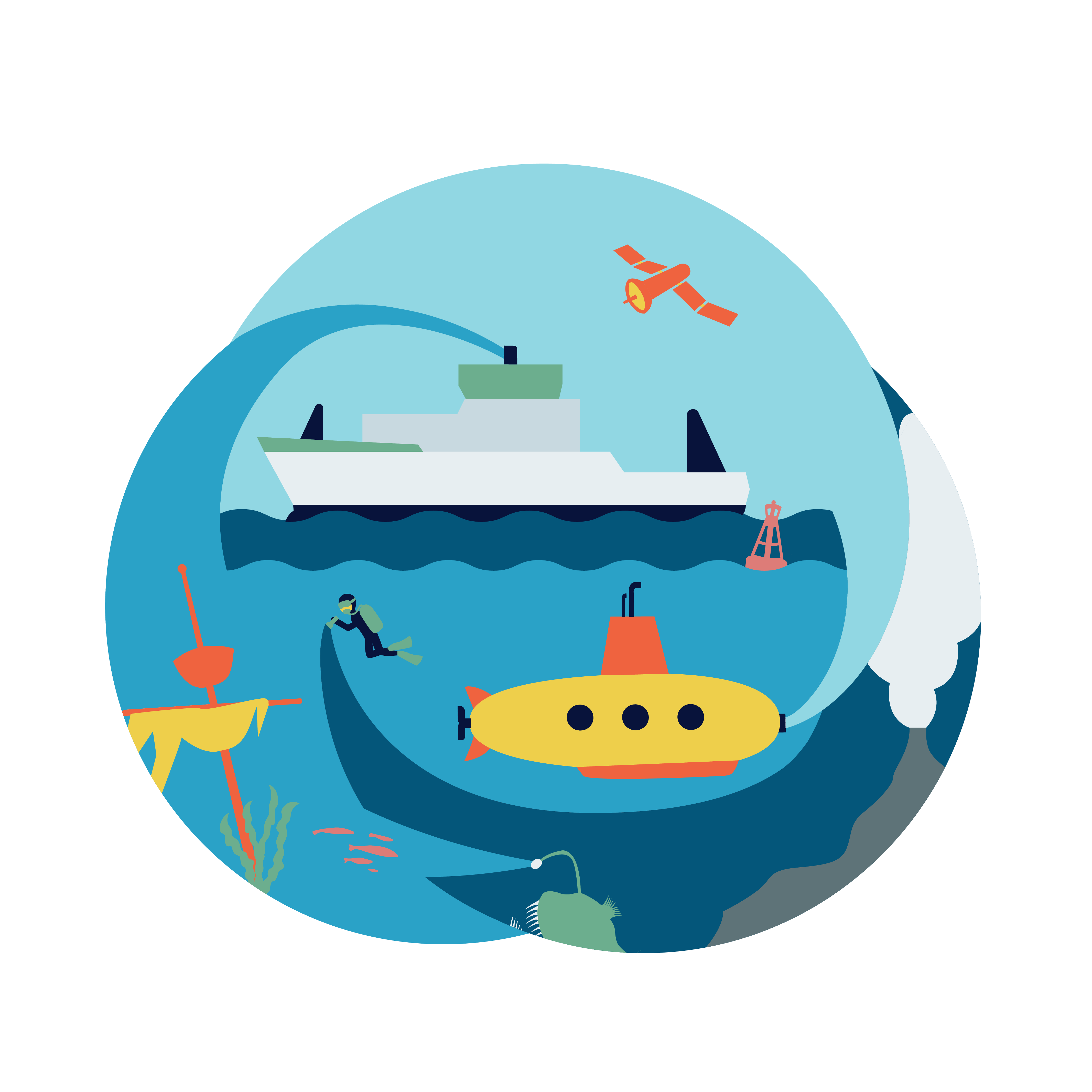
Despite all of the tools and technologies we have for studying the ocean — ships, satellites, submersibles, scuba, and more — more than 80% of our ocean is unmapped, unobserved, and unexplored. Ocean exploration is not only an opportunity for interdisciplinary innovation and discovery, but also the key to sustaining ocean resources in the face of increasing pressure from humans worldwide. Learn more about Ocean Literacy Principle #7 offsite link.
#6: The ocean and humans are inextricably interconnected.
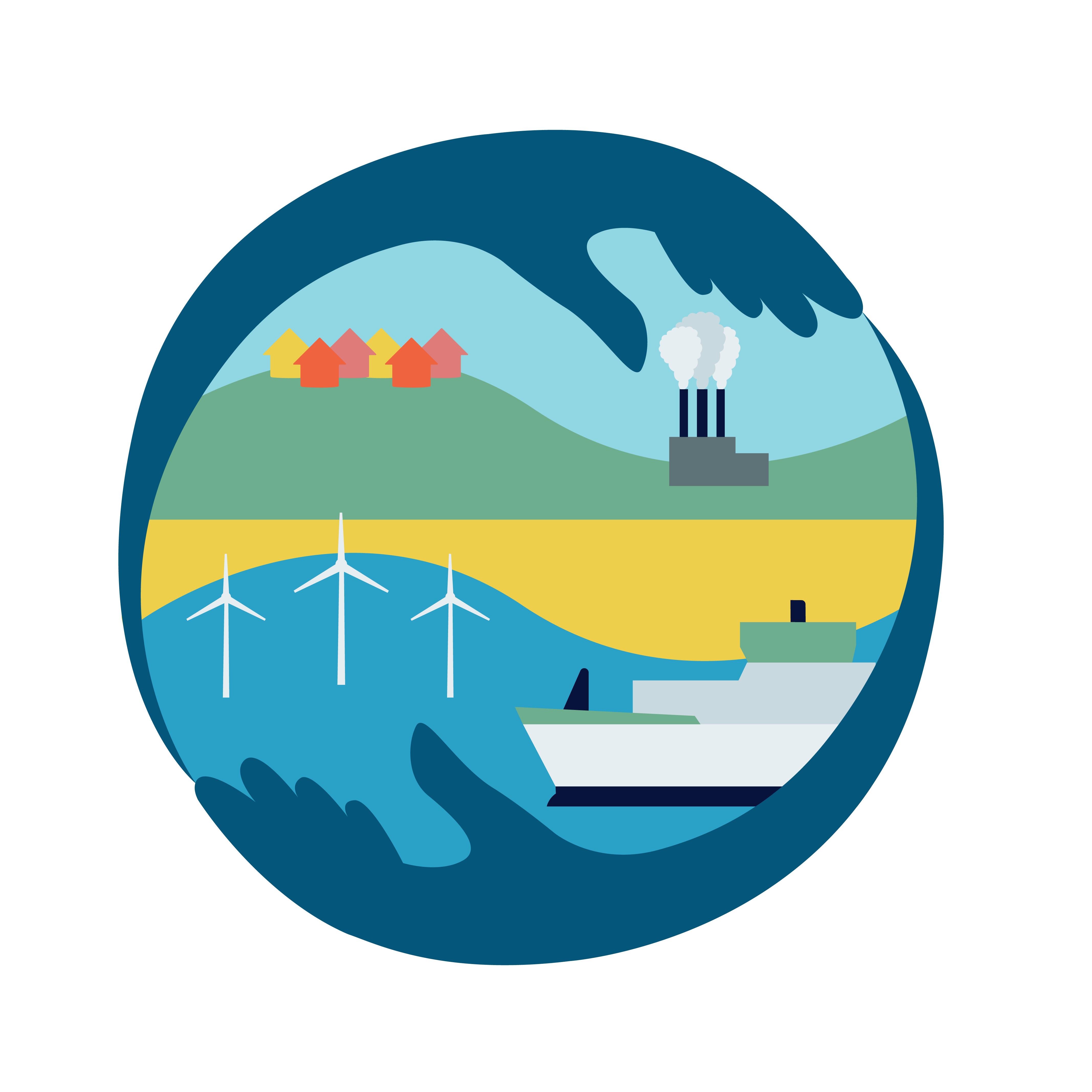
The ocean sustains human life on many levels: it moderates the climate, supports jobs and economies, and is a source of cultural heritage for people around the world. But human activities are also impacting the ocean on many levels. Individual and collective actions are needed to manage and protect these resources for all. Learn more about Ocean Literacy Principle #6 offsite link.
#5: The ocean supports a great diversity of life and ecosystems.
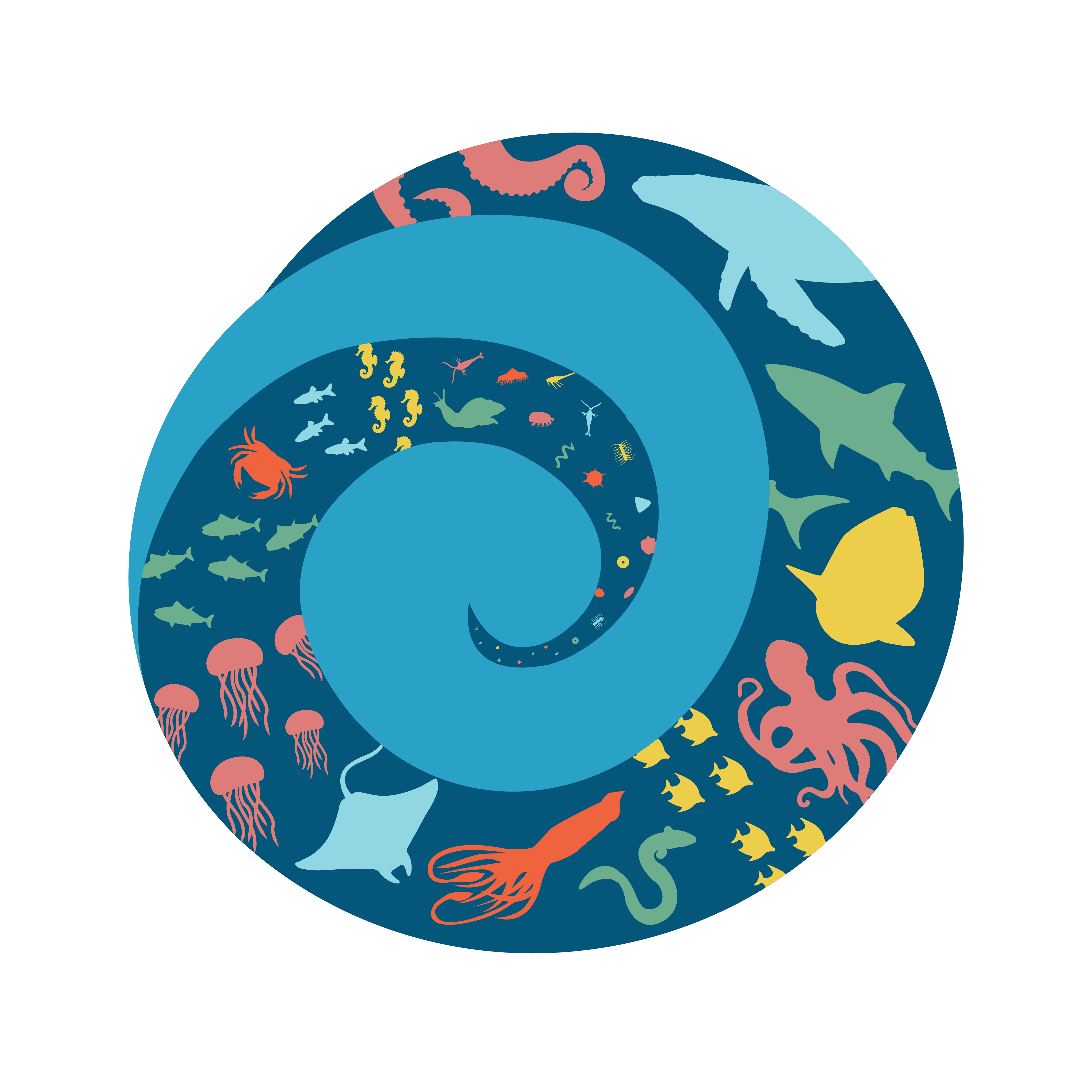
The ocean is the largest living space on Earth, home to creatures ranging in size from microbes to blue whales. Variations in physical conditions like light and temperature create many different habitats across the global ocean. There are coral reefs, which are home to some of the most abundant life on the planet, some open ocean areas with relatively few species, and deep sea hydrothermal vents that rely on chemicals, rather than the sun, for energy. Learn more about Ocean Literacy Principle #5 offsite link.
#4: The ocean makes Earth habitable.
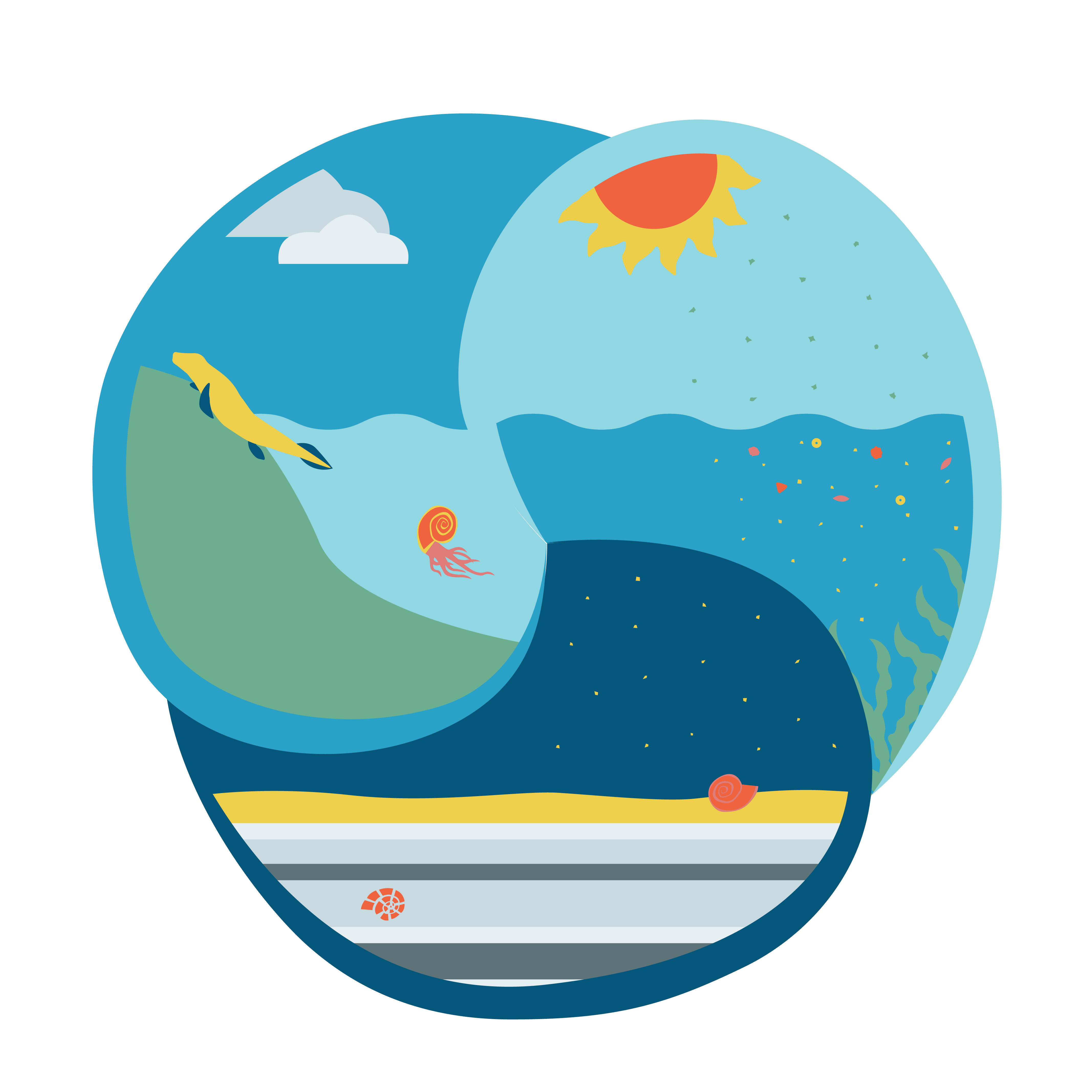
Hundreds of millions of years ago, early photosynthetic life forms in the ocean transformed our planet, converting carbon dioxide in the atmosphere into oxygen. This change made it possible for Earth to support life as we know it. The ocean continues to provide essential ingredients for life on land and at sea, including water, oxygen, and other nutrients. Learn more about Ocean Literacy Principle #4 offsite link.
#3: The ocean is a major influence on weather and climate.
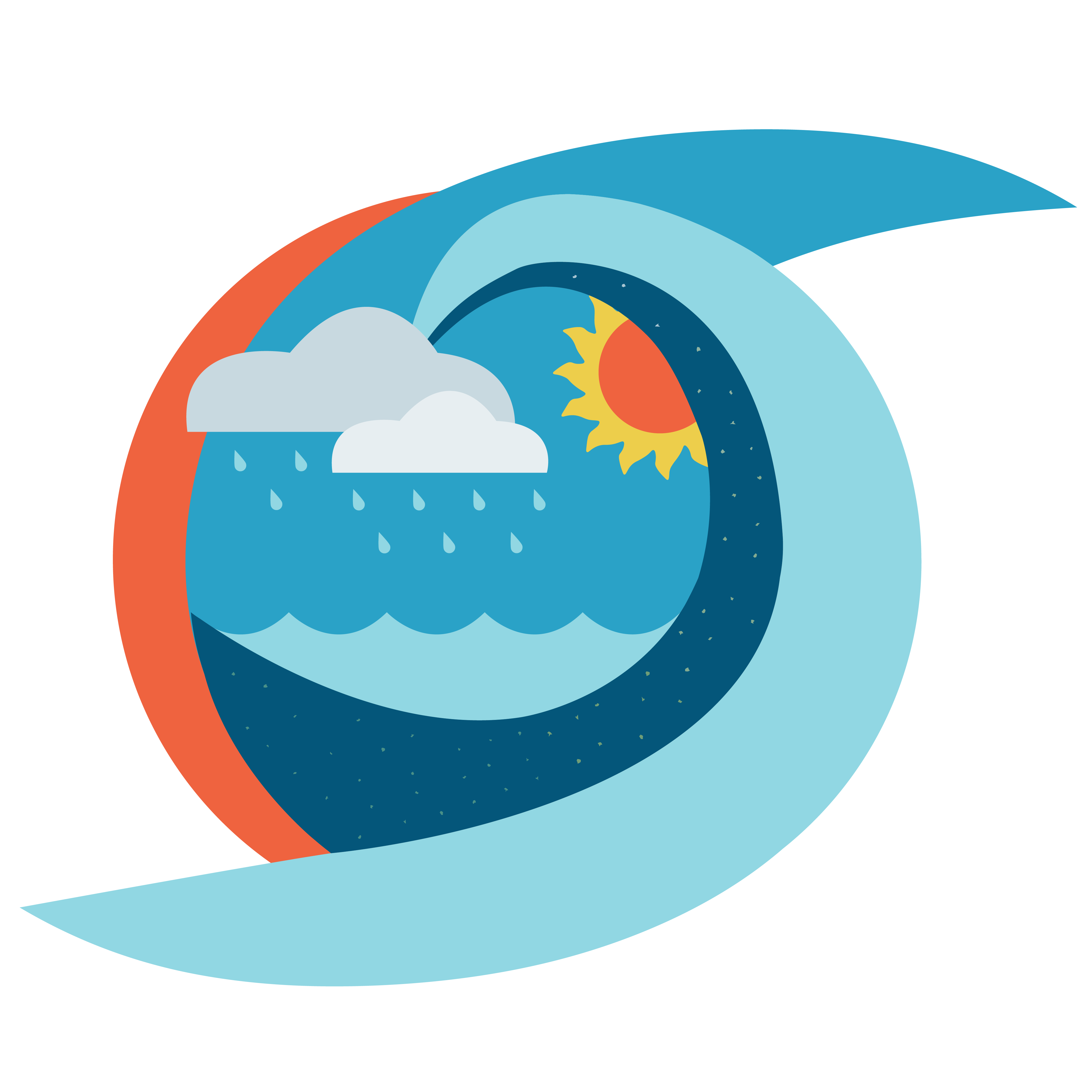
The next time you feel a raindrop, consider this: Most of the rain that falls on land originally evaporated from the tropical ocean. No matter where you are, the ocean has a significant influence on weather and climate by absorbing, storing, and moving heat, carbon, and water around the planet. Learn more about Ocean Literacy Principle #3 offsite link.
#2: The ocean and life in the ocean shape the features of Earth.
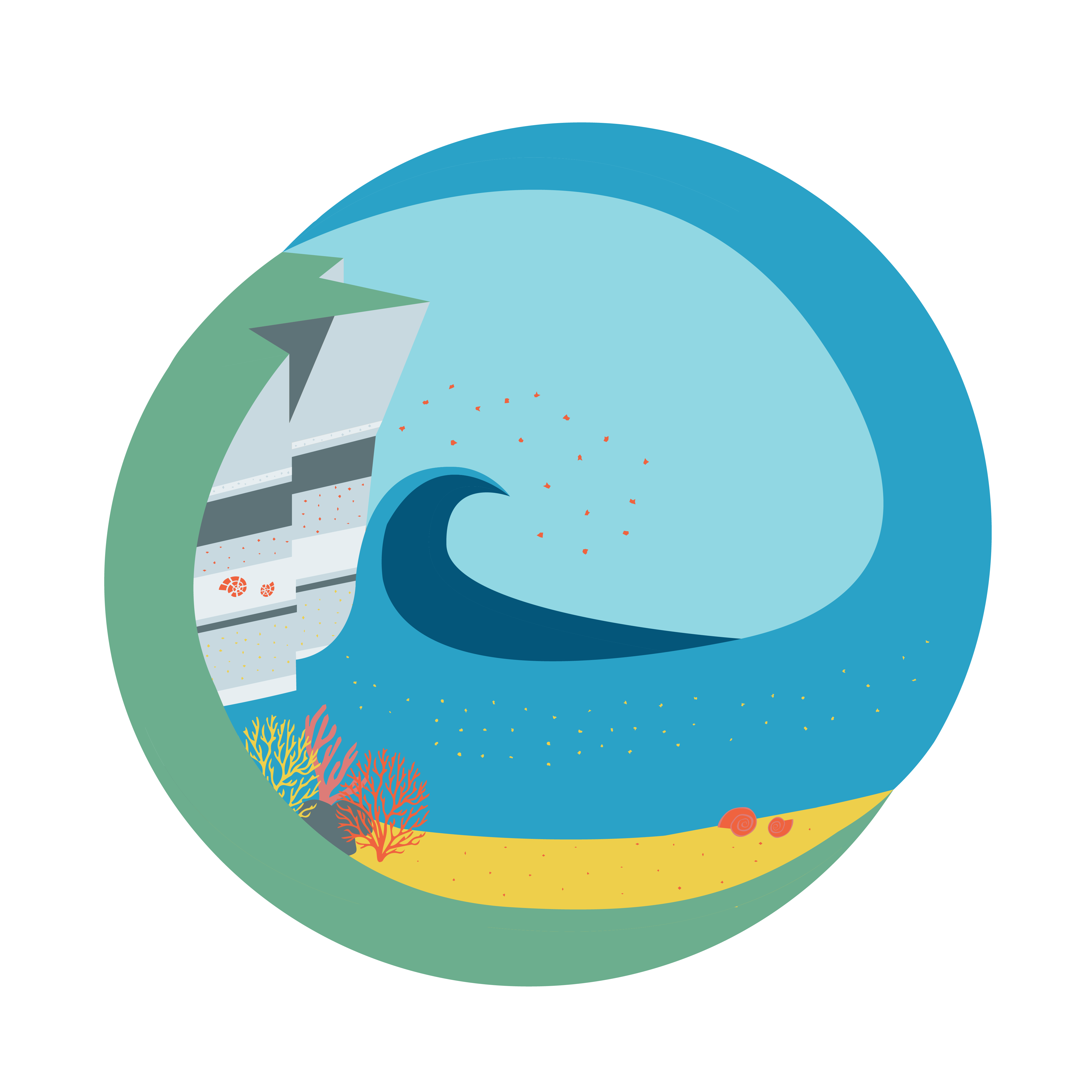
Land at the edge of the sea is always changing. The ocean erodes coastlines, transports sediment, and shapes continents. Many of the sedimentary rocks we see on land are made up of life forms that lived and died in the ocean millions of years ago. For example, limestone forms at the bottom of the ocean and is made in part by shells left by dead marine animals. Learn more about Ocean Literacy Principle #2 offsite link.
#1: Earth has one big ocean with many features.
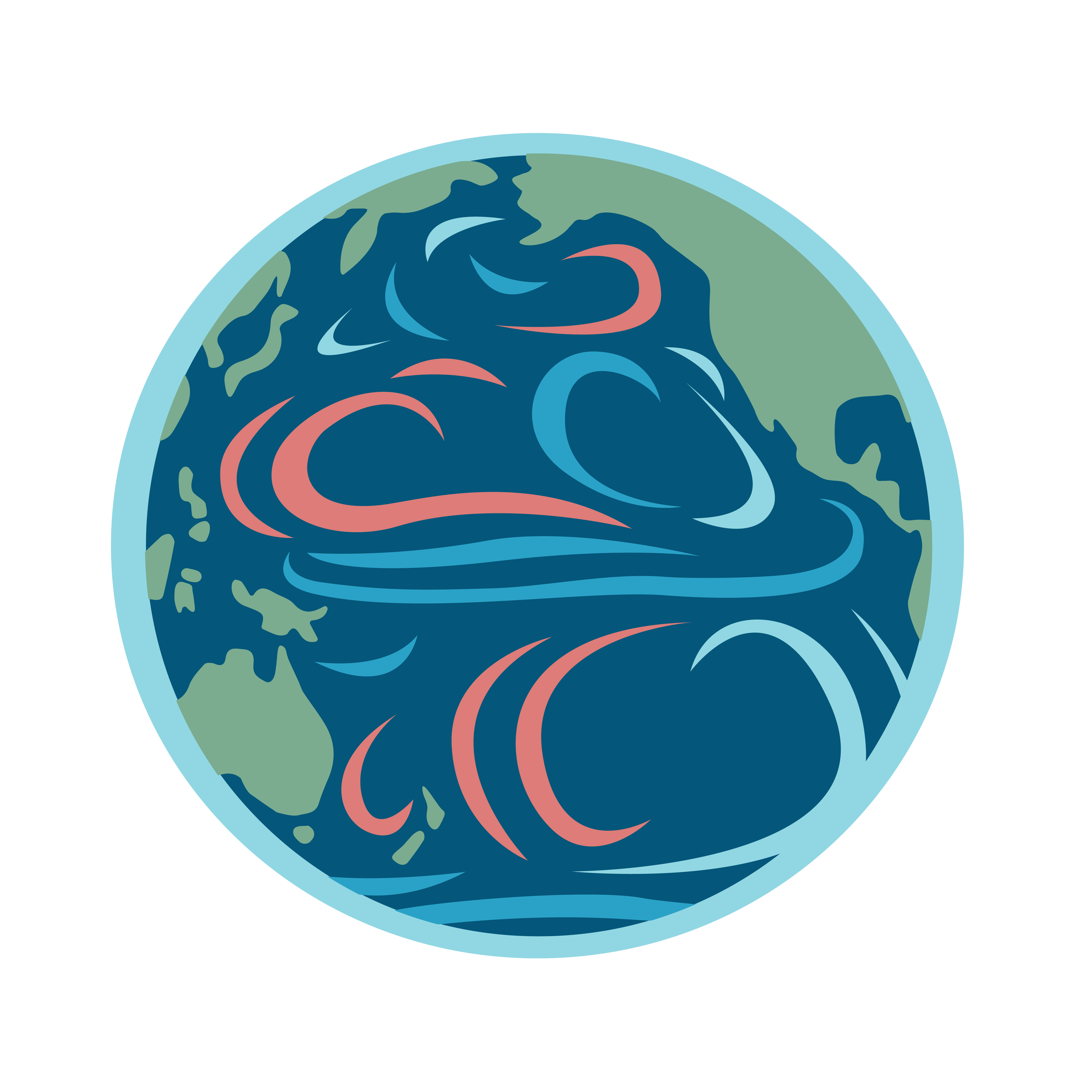
If you could watch planet Earth rotate from space, there’d be a time each day where nearly all you could see beneath the clouds would be blue ocean water. After all, approximately 70% of the surface of our planet is covered by the ocean. This year, World Ocean Day “dropped the s offsite link” to emphasize that we don’t have several “oceans,” only one. We are all connected to ONE ocean, ONE climate, ONE future — together. Learn more about Ocean Literacy Principle #1 offsite link.



